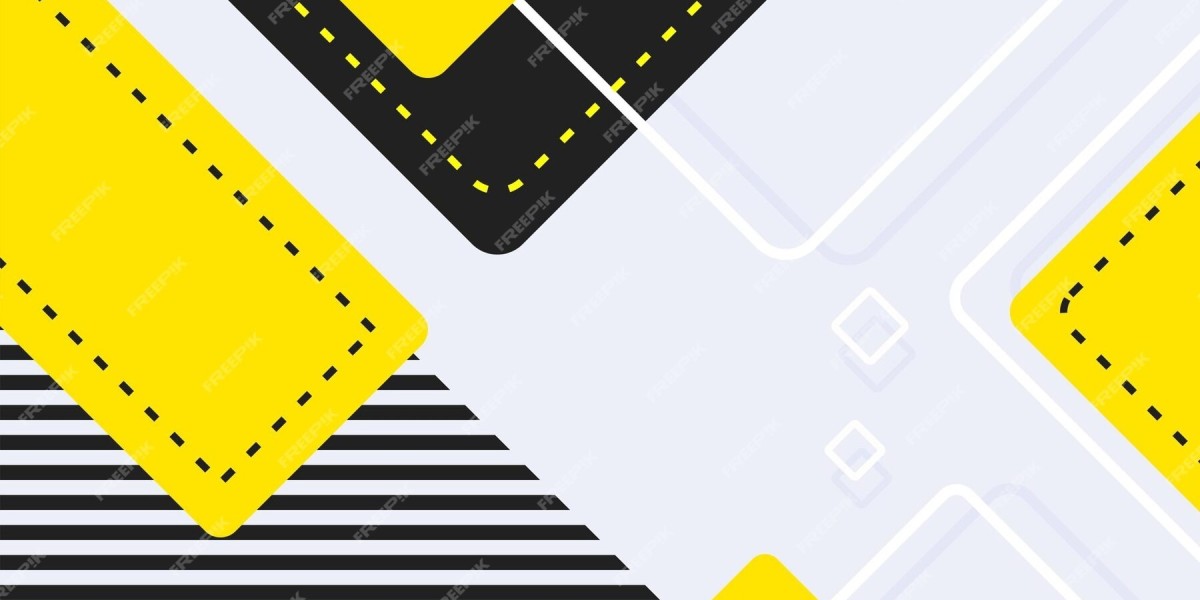Why Does UX/UI Design Directly Impact Conversion Rates?
User experience (UX) and user interface (UI) design are not just aesthetic choices they’re business tools.
Design decisions affect how users interact, trust, and convert on a digital product.
According to Forrester Research:
A well-designed UX can boost conversion rates by up to 400%.
88% of users won’t return to a website after a poor UX experience (Toptal, 2024).
75% of a website’s credibility comes from design elements (Stanford Web Credibility Study).
UX/UI design solutions shape the perception, usability, and trustworthiness of your digital product all key drivers for conversions.
What Is Data-Driven UX/UI Design?
Data-driven UX/UI design uses quantitative and qualitative user behavior data to inform interface design, layout, and user flows.
Key data sources include:
Heatmaps: Visualizing where users click, scroll, or ignore.
Session Recordings: Watching how real users navigate an app or site.
A/B Testing: Comparing variants to identify higher-converting versions.
Analytics Platforms: Using tools like Google Analytics, Mixpanel, and Hotjar.
Conversion Funnels: Tracing steps users take before completing key actions.
Unlike design based on intuition or trend, data-backed UX/UI design solutions increase certainty, reduce guesswork, and deliver measurable outcomes.
How Do UX/UI Design Solutions Improve Conversion Funnels?
Conversion funnels describe the journey from visitor to customer. UX/UI design can eliminate friction at every stage.
Funnel Stage | UX/UI Impact Area | Design Action Example |
Awareness | First impression, page speed | Minimalist landing page with strong CTA |
Consideration | Navigation, content layout | Easy-to-scan service/product features |
Intent | Form usability, value messaging | Clear pricing tables, trust indicators |
Conversion | Checkout or signup experience | Autofill fields, validation, mobile-first |
Retention | Onboarding flows, personalized UI | User dashboards, contextual tooltips |
UX/UI design solutions are essential to guiding users through each touchpoint with clarity and confidence.
What Are the Key UX/UI Principles That Boost Conversions?
High-converting designs share these characteristics:
1. Clarity and Simplicity
Users must understand what to do within seconds.
Remove unnecessary elements and distractions.
2. Visual Hierarchy
Prioritize what matters with font size, color contrast, and layout spacing.
CTA buttons should stand out without cluttering the interface.
3. Consistency
Uniform colors, fonts, button styles, and language build trust.
Users feel in control when interactions behave predictably.
4. Micro-Interactions
Small animations or responses (e.g., button clicks, success messages) enhance usability.
They offer feedback, reduce uncertainty, and improve satisfaction.
5. Responsiveness and Speed
Mobile-first, fast-loading interfaces retain users longer.
Mobile bounce rate improves by 40% when load times drop under 2 seconds (Google, 2024).
These principles are embedded into UX/UI design solutions for every high-performance digital product.
How Does User Research Drive Design Decisions?
Effective UX/UI starts with understanding users.
Types of Research:
User Interviews: Gather qualitative insights into motivations and frustrations.
Surveys: Collect structured feedback from larger samples.
Usability Testing: Observe real users completing tasks.
Task Flows & Journey Maps: Visualize paths users take across the platform.
Tkxel’s UX/UI design solutions integrate research into every stage of the design cycle — from ideation to implementation ensuring user needs are never assumed, only validated.
How Does A/B Testing Validate UX/UI Design?
A/B testing helps validate design choices with statistical confidence.
Test Variable Elements: CTA copy, color, layout changes, form length.
Measure Specific KPIs: Conversion rate, click-through rate, form completion rate.
Avoid Biased Assumptions: Let users decide what works.
Example:
Changing a CTA button from "Start Trial" to "Get My Free Demo" increased conversions by 26% in one SaaS project (VWO, 2024).
UX/UI design solutions that include controlled testing produce tangible performance improvements.
What Are the Common UX/UI Mistakes That Hurt Conversion?
Avoid these design flaws that cost conversions:
Too Many Choices: Decision fatigue reduces action rates.
Unclear CTAs: Vague language like “Click Here” lacks persuasive context.
Slow Loading Times: Each second delay reduces conversions by 7%.
Poor Mobile Design: Over 60% of conversions now happen on mobile (Statista, 2025).
Generic Forms: Overlong or intrusive forms lower signup rates.
Tkxel’s UX/UI design solutions focus on removing these blockers systematically with data-backed improvements.
How Does Personalization Influence UX/UI Conversion Success?
Personalized UX/UI significantly boosts relevance and engagement.
Techniques include:
Dynamic Content: Adapting page elements based on user segments.
Behavioral Targeting: Showing different experiences based on user history.
Smart Onboarding: Guiding users with contextual tutorials and tailored dashboards.
According to Econsultancy, 80% of companies that implement personalization see an uplift in conversions.
Data-driven UX/UI design integrates real-time signals to adapt interfaces for every visitor.
Why UX/UI Optimization Is a Continuous Process
UX/UI design isn’t static user behavior, expectations, and technologies evolve constantly.
Continuous Optimization Includes:
User Feedback Loops: Collect post-launch insights via surveys or feedback widgets.
Behavioral Data Analysis: Regularly track how users interact with updates.
Usability Testing: Re-validate flows as features change.
Version Control: Test micro-iterations of design updates.
Tkxel’s UX/UI design solutions emphasize iterative refinement, not one-off redesigns — ensuring long-term conversion growth.
How Tkxel Approaches UX/UI Design for Conversion Growth
Tkxel delivers end-to-end UX/UI design solutions centered on business impact.
Their process includes:
Discovery & Research: User interviews, stakeholder workshops, competitive analysis.
Data Synthesis: Personas, journey maps, task flows, and pain point identification.
Design Strategy: Wireframing, prototyping, micro-interactions, and UI kits.
Validation: A/B testing, usability testing, analytics tracking.
Optimization: Continuous updates based on behavior, trends, and technology.
Each stage is purpose-built to maximize conversion outcomes.
Real-World Impact of UX/UI on Conversion Rates
Airbnb increased bookings by 25% after redesigning search and filtering UX.
Walmart improved conversions by 20% after streamlining mobile UI.
Dropbox doubled signups by simplifying its homepage and signup flow.
Data proves that strategic UX/UI design drives measurable growth — especially when backed by performance tracking and iteration.
FAQs – UX/UI Design and Conversion Rates
How does UX/UI design influence trust and credibility?
Visual consistency, clean layout, and intuitive navigation create instant trust.
Users often judge trustworthiness in under 0.05 seconds (Google, 2024).
What KPIs should I monitor after a UX/UI redesign?
Track:
Conversion Rate (CVR)
Bounce Rate
Session Duration
Time to Task Completion
Funnel Drop-Off Rates
Can UX/UI design solutions help SaaS platforms improve trial-to-paid conversions?
Yes.
UX plays a key role in onboarding flows, pricing visibility, value communication, and reducing friction during upgrades.
How long does it take to see conversion improvements after redesign?
Most clients see measurable improvements within 4 to 6 weeks post-launch, depending on traffic volume and A/B test duration.
What industries benefit most from data-driven UX/UI?
High-impact sectors include:
SaaS
E-commerce
Fintech
Healthcare
Education platforms
But any digital platform with measurable goals can benefit from optimized UX/UI design solutions.
Why Choose Tkxel’s UX/UI Design Solutions?
Tkxel applies proven UX/UI principles with a data-first approach to deliver measurable business outcomes.
By partnering with Tkxel, you gain:
Full-cycle UX/UI design with integrated analytics
Cross-platform consistency (Web, Mobile, SaaS, Enterprise)
Conversion-focused strategy backed by behavioral science
Continuous improvement methodology
Design that balances aesthetics, usability, and ROI
Whether you're launching a new product or reimagining an existing platform, Tkxel’s UX/UI design solutions ensure that your interface not only looks great but drives real business value.









